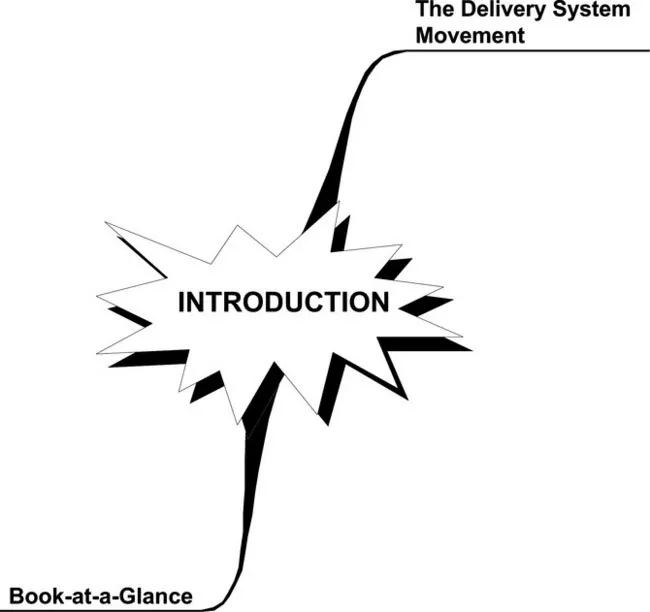
Delivery System Handbook for Personal Care and Cosmetic Products
Technology, Applications and Formulations
Meyer Rosen, Meyer Rosen, Meyer Rosen
- 1,095 pages
- English
- ePUB (mobile friendly)
- Available on iOS & Android
Delivery System Handbook for Personal Care and Cosmetic Products
Technology, Applications and Formulations
Meyer Rosen, Meyer Rosen, Meyer Rosen
About This Book
Novel delivery systems designed to facilitate the use of ôfountain of youthö and other functional actives is an idea whose time has come. In a rapidly growing global market eager for products that really work, accelerating market pull forces and technology push have set the stage for this foundation text. This ômust haveö book has been carefully designed for training, development and synergistic technology transfer across the personal care, cosmetic and pharmaceutical industries. It is not only intended for scientists and technologists but will also be of high interest to market development and business personnel. This book will cause a breakthrough in effective interaction among technology and marketing. It is a showcase for understanding, using and marketing the technology of why and how delivery systems work as well as current, emerging/potential applications and working formulations. Each chapter is written by one or more experts in the field. A wide range of companies serving the global marketplace are represented. These companies offer numerous types of delivery systems containing highly desirable functional actives, delivery system technology development services, and opportunities for technology licensing, mergers and acquisitions. A unique feature of the book is the use of Mind MapÖ technology to capture and present the essence of the thinking of over 80 authors in a ôBook-at-a-Glanceö Executive Overview section. This section has been specifically designed to empower decision making leading to the development of innovative product differentiation in a global context.
Frequently asked questions
Information
